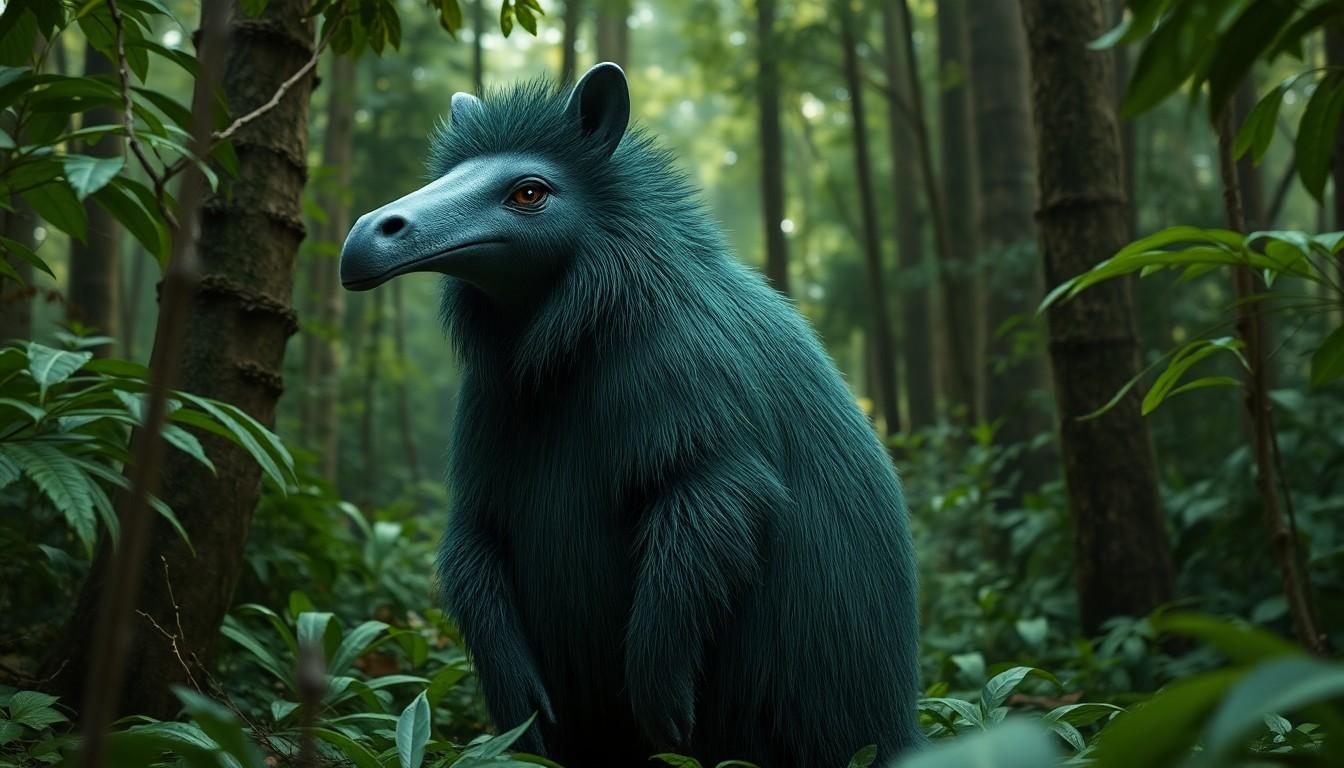Imagine wandering through a dense, enchanted forest and suddenly catching a whiff of something utterly bizarre. That’s the essence of drilopas for you—a creature so elusive that its scent has become legendary. But what exactly do drilopas smell like? Is it a delightful bouquet of wildflowers or something more akin to a gym sock left in the sun?
How Drilopas Smell Like
Drilopas represent a unique category of creatures, captivating due to their intriguing attributes. These enigmatic beings inhabit dense forests and remote habitats, showcasing a range of adaptations for survival. Many enthusiasts describe their scents as a blend of floral and earthy notes, though opinions about their aroma vary widely.
Some individuals liken drilopas to fragrant wildflowers, suggesting that their aroma uplifts and refreshes the air around them. Others assert that a musky, pungent smell can emerge, akin to a damp gym sock, dominating their environment. This contrast in scent perception elicits curiosity among researchers and nature lovers alike.
Studies indicate that stress can influence drilopa scent production. Increased anxiety might cause them to release stronger, less desirable odors as a defensive mechanism. Conversely, calm drilopas appear to emit their more pleasant aroma, inviting exploration and interaction.
Habitats significantly impact drilopa scents as well. Individuals found in diverse ecosystems, such as marshy areas, may produce distinctive fragrances shaped by their surroundings. This phenomenon correlates with the availability of various flora that can influence their scent profile.
Amidst speculation surrounding their scent, drilopas continue to spark interest in numerous scientific communities. Understanding the intricacies of their aroma provides insights into their biology and ecological role. Over time, further research will likely unveil the complex relationship between drilopas and their distinctive smells.
Characteristics of Drilopas

Drilopas possess unique attributes that contribute to their intriguing scent. Variations exist in their physical characteristics, habitat, and adaptability, impacting how they smell.
Physical Attributes
Drilopas feature a stout, compact body covered in fur with colorations ranging from deep greens to browns. Their size can vary significantly based on subspecies, typically measuring between 3 to 5 feet in length. Notably, they have elongated snouts equipped with sensitive receptors, enhancing their olfactory capabilities. Distinctive markings on their fur often mimic surrounding vegetation, providing natural camouflage. Their strong limbs allow for agile movement, aiding in foraging activities. Physical adaptations not only shape their appearance but also influence their ability to interact with their environment, including scent production.
Habitat and Environment
Drilopas thrive in dense forests and remote habitats where rich biodiversity flourishes. Their ecosystems range from tropical rainforests to temperate woodlands, each impacting scent characteristics. In areas with abundant flora, drilopas often exhibit floral notes in their scent due to floral interactions. Conversely, those in nutrient-poor environments may emit stronger, musky aromas influenced by limited vegetation. Seasonal changes also play a role, as variations in humidity and temperature can alter scent profiles significantly. Understanding these elements provides insight into how habitat variations affect the distinctive odors of drilopas.
Understanding Smell
Drilopas possess complex odors that intrigue many. Their scents range widely based on various factors.
The Science of Smell
The olfactory system of drilopas features highly developed receptors. These specialized receptors help them detect scents within their environments. In addition, elongated snouts provide an advantage for maximizing their sensing capabilities. Research shows drilopas can differentiate between floral tones and more pungent odors. Specific scent molecules trigger emotional responses and influence behavior, illustrating the evolutionary significance of smell in their survival.
Factors Influencing Smell
Several factors shape the smells of drilopas. Stress can enhance undesirable odors when they feel anxious or threatened. Calm drilopas often emit more pleasant fragrances, which enhances their interaction with potential mates and their habitat. Environmental elements also play a role; diverse ecosystems contribute floral aromas, while nutrient-poor areas foster muskier scents. Seasonal changes further modify scent profiles, highlighting how drilopas adapt their odors in response to external conditions.
How Drilopas Smell Like
Drilopas produce a range of scents that intrigue enthusiasts. Their aromas span from fragrant floral bouquets to musty odors, adding to their mystical allure.
Descriptions and Comparisons
Descriptions of drilopa scents vary significantly. Some people describe a sweet smell akin to wildflowers. Others compare their scent to gym socks left in the sun, highlighting a pronounced unpleasantness. This contrast captivates researchers and nature lovers alike. The floral notes often dominate the dialogue, while musky undertones provide an earthy layer. Overall, these contrasting perceptions reflect personal experiences and encounters with drilopas in their natural habitats.
Variations in Smell by Environment
Environmental factors significantly influence drilopa scents. Those residing in biodiverse ecosystems typically emit sweeter, floral fragrances. In contrast, drilopas in nutrient-poor environments tend to produce muskier odors. Seasonal changes also shape their smell, affecting the potency and character of their scents. During stress, these creatures release stronger, less appealing aromas. Conversely, calm drilopas in flourishing habitats enhance pleasant floral notes, showcasing their adaptability. Understanding these variations aids in appreciating drilopa ecology and interactions with their surroundings.
Adaptations
The drilopas’ scent is a fascinating aspect of their existence that reflects their unique adaptations and environmental interactions. With aromas ranging from delightful floral notes to strong musky odors, these creatures captivate both researchers and nature enthusiasts. Their ability to emit different scents based on stress levels and habitat conditions highlights their complex relationship with the environment.
As studies continue to explore the olfactory world of drilopas, it becomes clear that their scent is more than just a characteristic; it’s a vital part of their survival and social interactions. Understanding these aromas not only enriches knowledge about drilopas but also sheds light on the broader ecological dynamics at play in their habitats.



